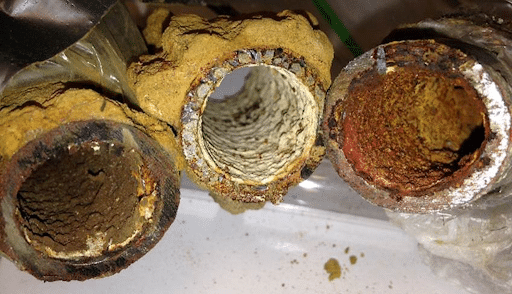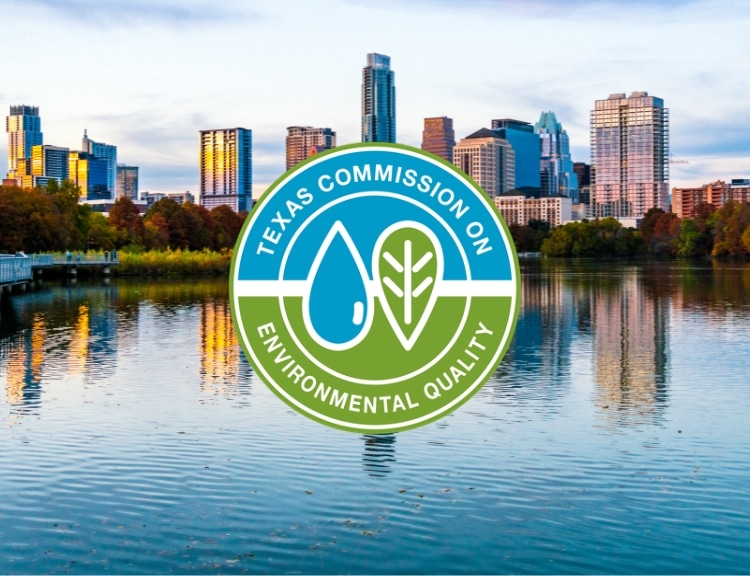Last week, alongside BlueConduit partner Cape Fear Public Utility Authority (CFPUA) in Wilmington NC, President Joe Biden announced $3 billion in funding to replace lead pipes. This funding “is part of the historic $15 billion in dedicated funding for lead pipe replacement provided by the President’s [2021] Bipartisan Infrastructure Law” and included the announcement of the FY2024 funding amounts for each state.
The updated state allocations make strides toward allocating the BIL funding more effectively and equitably than in the past. But, with more than 21 MILLION unknowns outstanding across the country, equitable funding allocation is still limited by a lack of data and clear view of the volume of lead pipes in the US.
Let’s explore how service lines of unknown material impact funding allocation.
In 2021, initial state funding allocations were based on service line material data submitted in the 7th Drinking Water Infrastructure Needs Survey and Assessment (DWINSA); based on this data, the EPA estimated a total of 9.2M lead service lines nationwide.
Almost immediately, environmental and industry experts voiced concerns with this allocation, noting that states with few lead lines were receiving more funding than needed, while states with a large volume of lead pipes got less.
A BlueConduit assessment of the initial funding allocation, published in September 2022, found that:
When we map out how much money each state is allocated, it is clear that the apportionment was not guided by the number of lead pipes per state…Western states with relatively fewer lead pipes will receive anywhere between $15,000 and $139,000 per lead service pipe. [For example] California will receive $3.5 billion to replace its estimated 65,000 lead pipes, [m]ore than $53,846 per pipe.
[In comparison] Midwestern states—where most of the country’s lead pipes exist—will receive roughly $2,800 of investment per pipe. To put this in context, in 2019, the EPA estimates replacing a known lead service pipe costs $4,700, on average.
The EPA recognized this challenge and, in September 2023, took the extraordinary step of asking water systems to update and re-submit service line material data. This data was used to update estimates of the total number of lead service lines by state and, accordingly, update funding allocations for FY2024. While funding stayed stable in many places, 27 states & territories saw a change in funding allocated from FY2023 to FY2024, with 7 seeing a >20% adjustment.
The new allocation formula, with additional funding directed toward Midwestern, Mid-Atlantic, and Southern states, makes good progress in directing funding to the areas of highest need. However, the volume of service lines of unknown material continues to complicate the distribution of BIL funding for lead pipe identification, inventory, and replacement.
Even with updated data, the lead status of more than 21 MILLION pipes is still unknown, with an additional 19M unreported. Combined, that’s nearly 40% of all service lines in the United States.
Rapid and accurate identification of service line materials can support the efficient allocation of funding for lead pipe replacement nationally. For individual water systems, rapid and accurate identification of service line materials both limits the cost of compliance and enables access to funding for the replacement work ahead.
Here’s where we come in. BlueConduit’s best-in-class predictive modeling technology, supported by expert Data Scientists, identifies likely lead (or galvanized-requiring-replacement) service lines to target for replacement quickly and with the best ground truth accuracy. For example, our partners at the Cape Fear Public Utility Authority (CFPUA), with the support of BlueConduit analysis and insights, were able to secure $4.16M in funding for replacements.
Ready to learn more about how predictive modeling can help secure funding for service line material identification and lead line replacement? Schedule a consultation today.






